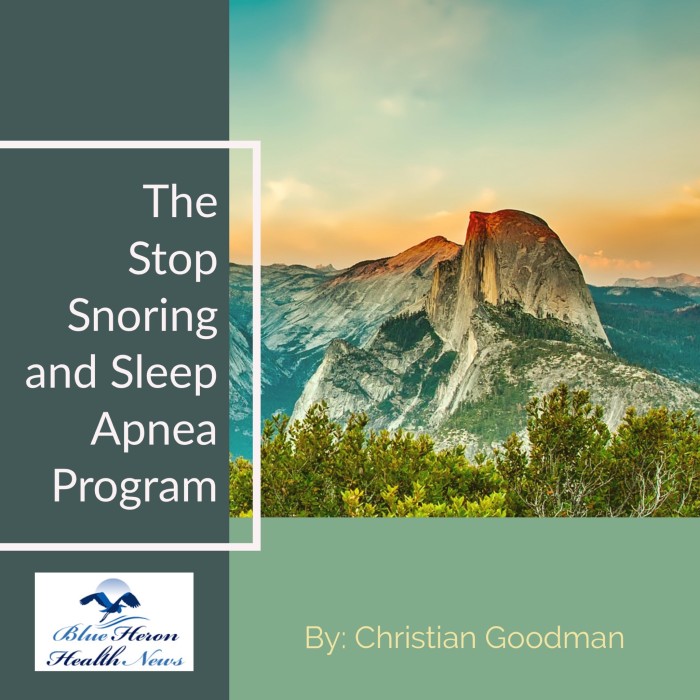The Anatomy of Snoring
The anatomy of snoring involves various structures in the upper airway that can contribute to the sound of snoring when airflow is partially obstructed during sleep. Here’s a detailed breakdown of the anatomical components involved in snoring:
1. Nasal Passages:
- Nasal Septum: The partition that divides the nostrils. A deviated septum (where the septum is off-center) can cause nasal obstruction, leading to snoring.
- Nasal Turbinates: These are structures within the nasal passages that help warm and humidify the air we breathe. Enlarged turbinates can restrict airflow and contribute to snoring.
- Nasal Polyps: These are noncancerous growths in the nasal passages that can obstruct airflow, leading to snoring.
2. Soft Palate:
- Location and Function: The soft palate is the soft tissue at the back of the roof of the mouth. It separates the oral cavity from the nasal cavity.
- Role in Snoring: If the soft palate is long or excessively soft, it can vibrate as air flows over it during sleep, producing the sound of snoring. A relaxed soft palate can also partially block the airway.
3. Uvula:
- Location and Function: The uvula is the small, fleshy extension at the back of the soft palate.
- Role in Snoring: A long or thick uvula can contribute to snoring by vibrating as air passes over it or by contributing to the obstruction of the airway.
4. Tongue:
- Location and Function: The tongue is a muscular organ in the mouth that plays a crucial role in speech, eating, and swallowing.
- Role in Snoring: During sleep, especially when lying on the back, the tongue can fall backward into the throat, narrowing the airway and leading to snoring. A large tongue (macroglossia) or poor muscle tone in the tongue can exacerbate this problem.
5. Tonsils and Adenoids:
- Location and Function: The tonsils are two lymphoid tissues located at the back of the throat, while the adenoids are located higher in the throat behind the nose. Both are part of the immune system.
- Role in Snoring: Enlarged tonsils or adenoids can obstruct the airway, especially in children, leading to snoring. This is one of the most common causes of snoring and sleep apnea in children.
6. Pharyngeal Muscles:
- Location and Function: These are the muscles surrounding the pharynx (the throat) that help control the opening and closing of the airway.
- Role in Snoring: During sleep, the pharyngeal muscles relax, which can cause the airway to narrow. If these muscles are too relaxed, they can collapse and lead to snoring by causing turbulence in airflow.
7. Epiglottis:
- Location and Function: The epiglottis is a leaf-shaped flap of cartilage located at the entrance of the larynx. It prevents food and liquid from entering the windpipe during swallowing.
- Role in Snoring: Though less commonly involved, if the epiglottis is abnormally large or floppy, it can obstruct the airway during sleep, contributing to snoring.
8. Jaw Position:
- Location and Function: The position of the lower jaw (mandible) can influence the airway’s size.
- Role in Snoring: If the jaw is set too far back (a condition known as retrognathia), it can cause the tongue to fall back into the throat, narrowing the airway and increasing the likelihood of snoring.
9. The Role of Airway Obstruction:
- Turbulent Airflow: Snoring occurs when the flow of air through the nose and mouth is partially obstructed. This obstruction causes turbulent airflow, which leads to the vibration of the soft tissues in the throat and the characteristic snoring sound.
- Vibration of Tissues: The specific sound of snoring depends on which tissues are vibrating (e.g., the soft palate, uvula, or tongue) and the degree of airway obstruction.
Factors Influencing Snoring:
- Body Position: Snoring is often worse when lying on the back because gravity causes the tongue and soft tissues to fall backward, narrowing the airway.
- Weight: Excess body weight, especially around the neck, can put pressure on the airway, making snoring more likely.
- Age: As people age, the muscle tone in the throat decreases, which can increase the likelihood of snoring.
- Alcohol and Sedatives: These substances relax the muscles in the throat, increasing the chances of snoring by allowing the airway to narrow more easily.
Summary:
Snoring results from the vibration of various soft tissues in the upper airway, particularly the soft palate, uvula, and sometimes the tongue. The anatomical structures involved can vary, and factors such as body position, weight, and muscle tone can influence the severity of snoring. While snoring itself is often harmless, it can also be a sign of more serious conditions like sleep apnea, especially when associated with other symptoms like gasping for air during sleep or excessive daytime sleepiness.

The Stop Snoring And Sleep Apnea Program™ By Christian Goodman The Stop Snoring and Sleep Apnea Program is a well-researched program created to help stop snoring and sleep apnea so that you can have a good night sleep. The techniques that you will learn from this program works immediately. It will only take you 3-7 minutes to perform these simple exercises that the author has recommended but the results that you will get will help you have a good night sleep as soon as tonight. Within a week, snoring will be a thing of the past.
